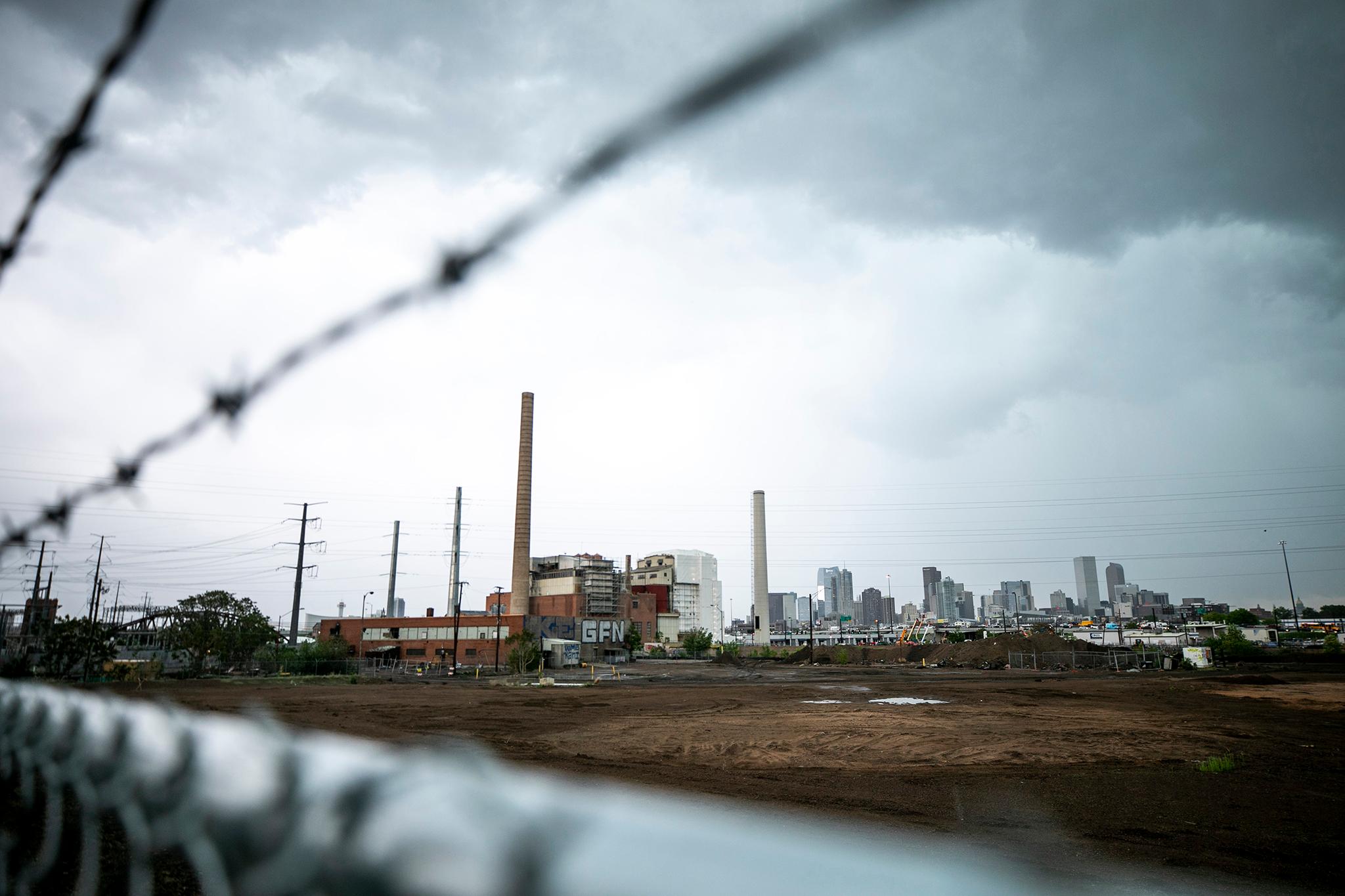Many Sun Valley and La Alma Lincoln Park residents are still hopeful that the City of Denver or a neighborhood friendly developer will buy the defunct Zuni Generating Station and turn it into a space for community members.
And now, their collective effort has gained an ally.
On Thursday, the plant was added to the Colorado Most Endangered Places list, designating the space a historic place worth trying to preserve.
The list is put together by the Colorado Preservation, Inc., or CPI, a nonprofit that advocates for the preservation of historic places throughout the state. Since the Endangered Places program began, CPI has highlighted over 130 historic sites.
The goal of the program is to shed light on places people feel may be in danger of being lost. The idea is that if leaders are aware of the site's historic value or meaning to a community, there may be an increased focus in preserving it.
Since the list was created, about 55 locations have been deemed Saved, or no longer in danger, including several places in Denver, such as Civic Center or the Colorado Capitol Dome.
Westside residents and stakeholders are hoping the Zuni plant can be the next space placed on the Saved list.
"It validates what the community has been saying, that this does have historic value," said Jeanne Granville, president of the Sun Valley Community Coalition registered neighborhood organization. "The community's known it for years and has lived with it but to have folks nearby who are perhaps not as familiar with the facility come and review it and then agree that it has historical significance and is in fact endangered, like I said it's really validating to the community and encouraging us to move forward."
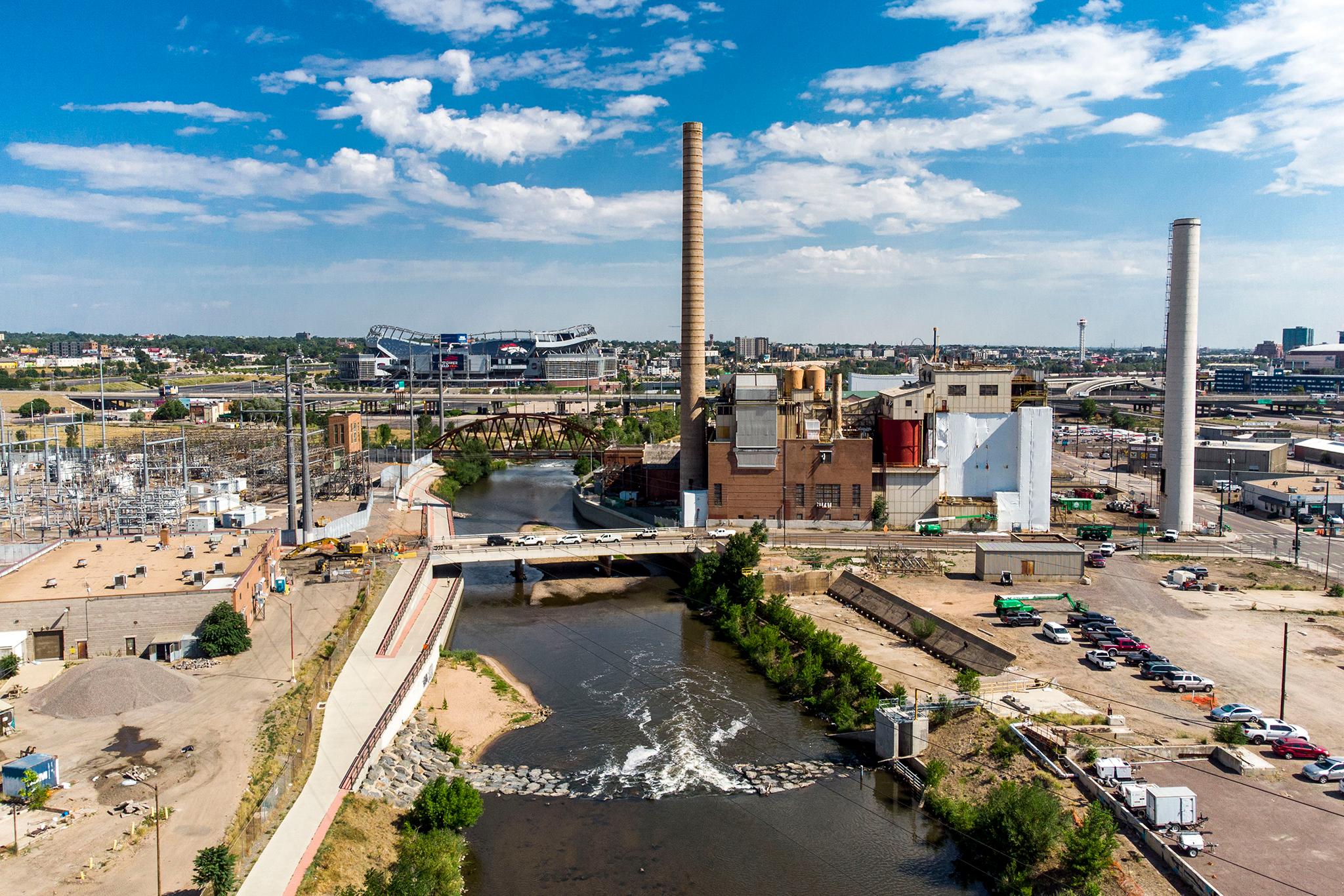
Nearby residents have longed to see the defunct Zuni plant turned into something more than a toxic eyesore in their neighborhood.
The plant opened in 1901 and provided electricity and steam to the city until 2015. Residents soon began to dream of reusing the structure, turning it into a public market with food retailers and booths for local entrepreneurs, similar to the Reading Terminal Market in Philadelphia or Pike Place Market in Seattle.
But in 2020, Xcel Energy submitted plans to the Colorado Public Utilities Commission to "decommission, dismantle, and demolish all structures, and remediate and restore the former plant." The PUC approved those plans in 2021, giving Xcel a $22 million budget for the project. Xcel initially planned to build a substation in the plant's place, which converts high voltage power from large power lines into low voltage power to disperse throughout the city.
Residents and city officials said then that they were unaware of the controversial plans.
In the past two years, Xcel has halted demolition plans at City Council's behest, increased community discussions on the plant's future and have decided not to turn the site into a substation.
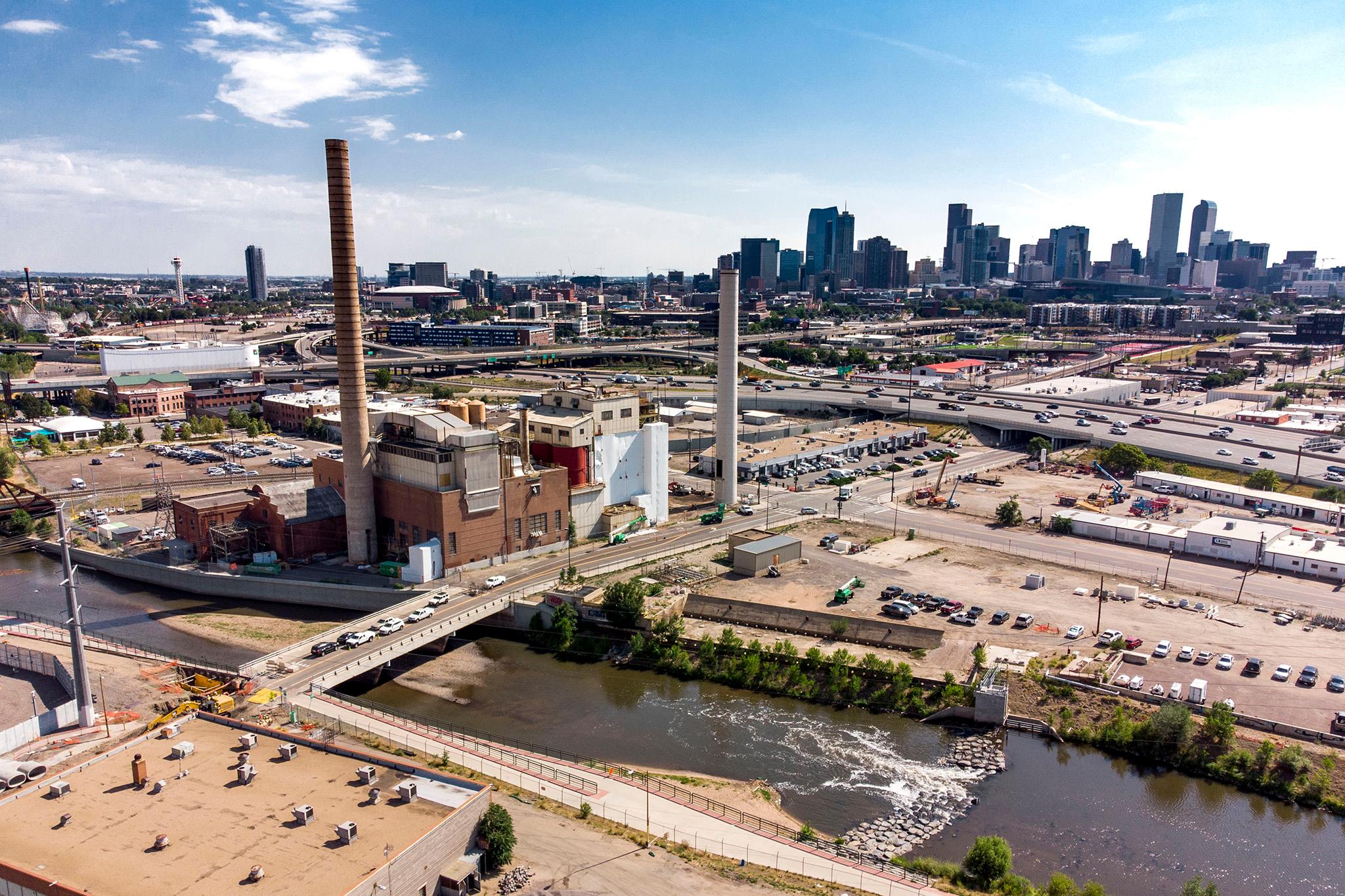
Neighbors have hosted luncheons about what the site could become and previously submitted the site to be an Endangered Place.
Now, the utility says it's focused on selling the property either to the city, which has first right of refusal, or an outside buyer "committed" to using the space with community members in mind.
However, communication between Xcel and the city have been at an impasse. To start, Xcel is only required to decommission the site and remediate to an "industrial standard." This remediation would only allow other industrial structures to live on the site.
For the plant to be transformed into a market, the site would need to be brought up to "residential standards," which requires more thorough decontamination.
To determine what needs to be done to fully decontaminate the site, a costly remediation study needs to be completed -- something neither the city nor Xcel seem willing to pay for.
The change in mayor last year has also slowed communications. Residents and stakeholders, led by Historic Denver, sent a letter to Mayor Mike Johnston's office in October requesting the administration resume more in-depth talks on the site's future.
An acknowledgement was received, but so far, there's been no word on when more intense talks can begin again.
With the Zuni plant being placed on the Endangered Places list, residents are hoping those talks start soon.
"There are many priorities in Denver that need to be addressed and I'm very cognizant that timing is everything...but I am very hopeful that over the coming months we'll be able to engage with the city in a meaningful way and start to coordinate with Xcel to understand next steps," said John Deffenbaugh, the CEO of Historic Denver. "It's a slow burn but ultimately I'm really excited that we've received this accolade. I hope it's going to shine a light nationally on the building and really encourage potential public and private partners to come forward who could participate in the design and funding of an adaptive reuse for the building."
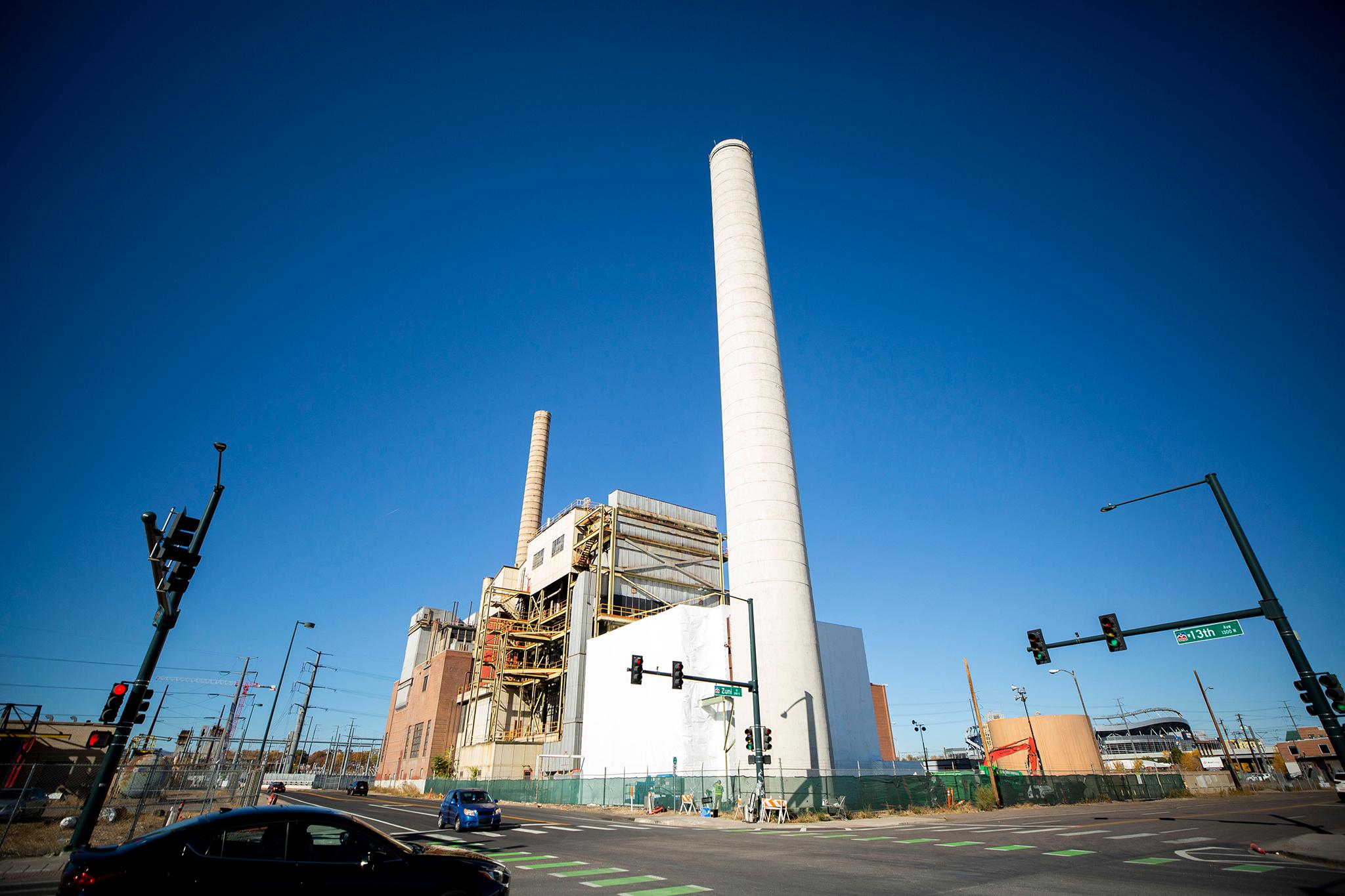
Being placed on the list is another tool in potential preservation efforts, but it isn't the same thing as a historic landmark designation.
Deffenbaugh likens the placement as an accolade, an acknowledgement that highlights the site's historic nature.
But without a designation, the places on the list may still be demolished or changed, removing vital parts that make the place historic. According to CPI, about nine places have been considered Lost since the program's inception.
Sun Valley residents don't want it to come to that. For now, the ball is still in the court of the city and Xcel and hopefully it gets rolling soon.
"We're hoping that things can start moving forward. These kind of designations put a spotlight and call some attention to the site," Granville said. "We'd like to start seeing things progress with some more actionable items. I think that with the city, we're hoping, in the next few months, is really going to start moving forward with this. Now it's gonna be a long process, we know that... but now feels like the right time to really start moving forward."
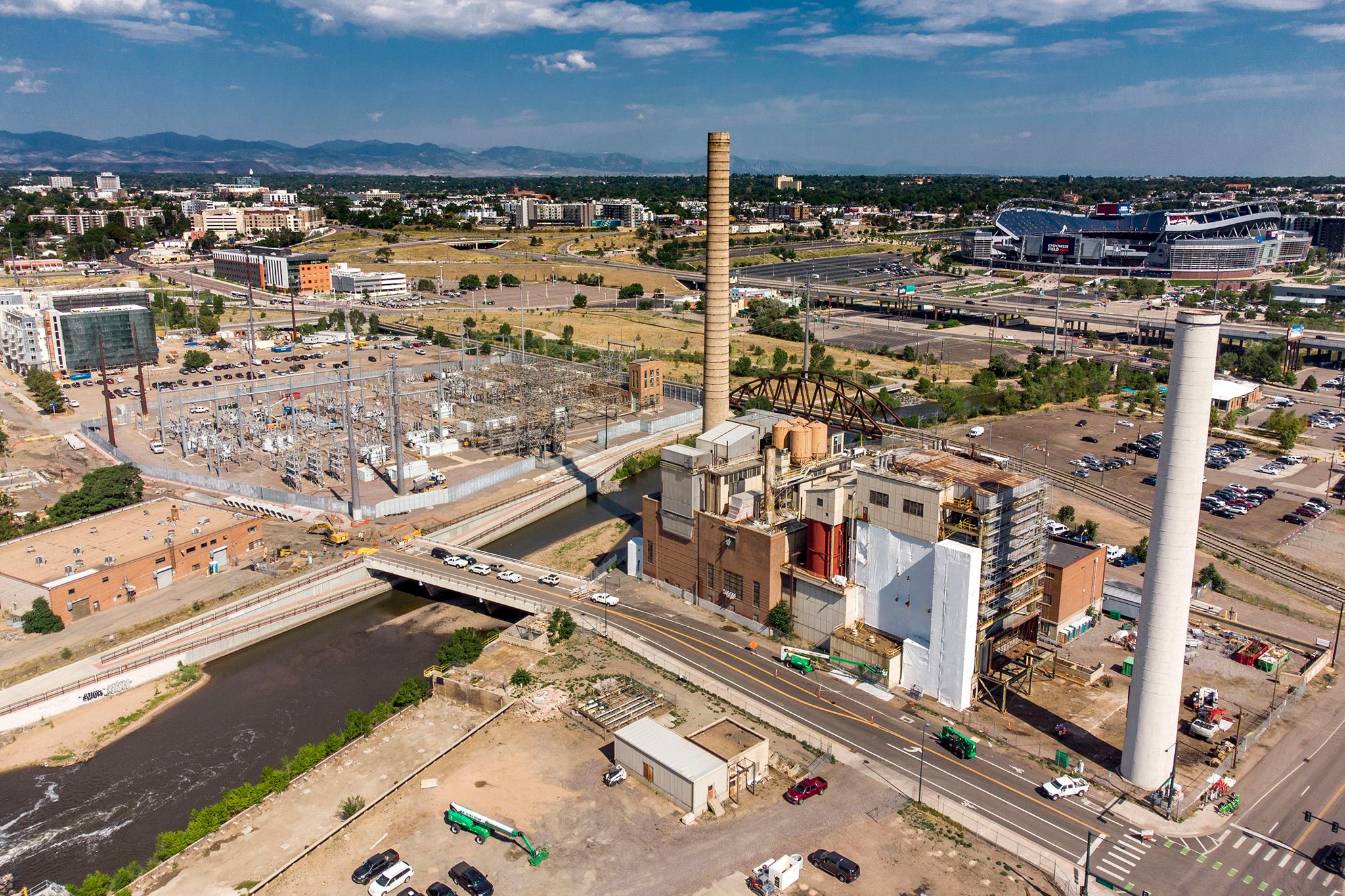
The four other sites that made the Endangered Places list this year are the Costilla County Mission Churches in San Luis Valley, the Kit Carson Museum Complex in Bent County, Valmont School in Boulder County and Victor Bowling Alley in Teller County.
One Denver location was listed as a Lost space this year: The 16th Street Mall.
The Mall opened in 1982 and, though kitschy to long-time Denverites, the destination is an iconic space, especially due to the influential designers who worked on the site including I.M. Pei, Henry Cobb, and Lauri Olin. But in 2009 when remodeling talks began, the mall was placed on the Endangered list in hopes that some of historic design elements would remain in place such as the granite pavers and the diamondback pattern, which was inspired by a Navajo rug pattern, according to Katie Peterson, the Director of the Endangered Places Program.
With the redevelopment of the mall in full swing, many of the historic design elements are being changed. Peterson said the mall is still utilizing granite pavers but they are smaller in size and "incorporate different designs for transit and pedestrian lanes."
"This actually breaks the cohesion of the original Diamondback pattern," Peterson said. "While the new design of 16th Street Mall will pay some homage to the original designers, much of it will go under a significant remodel."
The change is just an example in the many ways historic pieces can be lost, Peterson said. While the 16th Street Mall isn't going anywhere, hopefully people remember the design history in what remains.
Editor's note: This article's headline has been corrected to reflect that the Zuni Plant is in west Denver and specifically in the La Alma Lincoln Park neighborhood, which borders Sun Valley.
 Thanks for the support, Denverites!
Thanks for the support, Denverites! 
